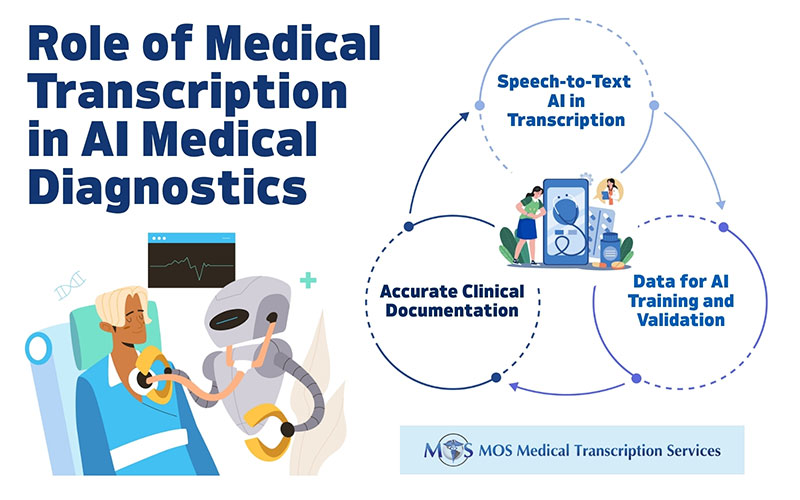Medical transcription had its origins in the 1960s. However, there are many misconceptions about medical transcription even today.
- It’s just like data entry: Medical transcriptionists are not just data entry typists. A qualified medical transcriptionist is a professional with excellent listening and comprehension skills, language proficiency, and above all, extensive knowledge of medical terminology, medical jargon and medical procedures related to various medical specialties.
- Medical transcription requires speech recognition software: Some medical transcription companies do use speech recognition software with an editor to transcribe the dictation. However, most medical transcriptionists type out physician dictations and send back well-formatted transcripts. It can be very expensive to implement a speech recognition program. Transcribing digital recordings the traditional way ensures greater accuracy and affordability.
- Medical transcription and EMR are conflicting: Granted that physicians can enter information directly into the electronic medical record (EMR), but even that would take time and reduce the number of patients that can be seen. So physicians now opt for transcription services with interface to EMR so that they dictate and review the transcribed report that is obtained within the prescribed turnaround time.
One important truth: outsourcing medical transcription is much more cost-effective than having it done in-house. Medical transcription companies serve many clients and fix charges on the basis of volume, quality of dictation, turnaround time. They help healthcare service providers reduce their workload, get error-free documentation, and save on transcription costs.


